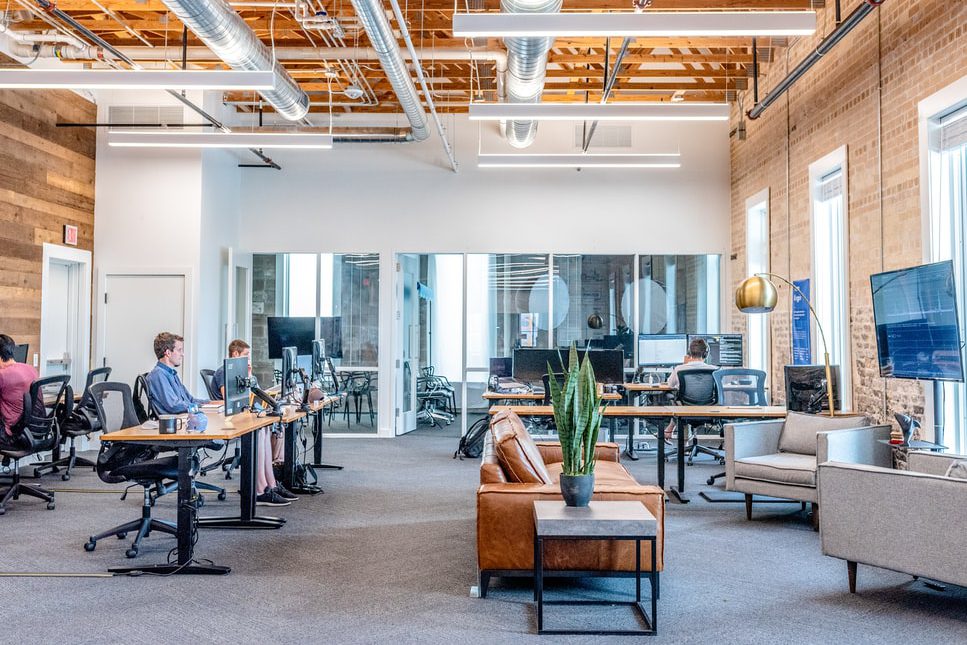It’s that time of year again: the beginning of the winter holidays in the U.S. Thanksgiving will kick us off in just a couple of days, but for many, it won’t remotely resemble the Thanksgivings of years past. As a result of COVID-19, many won’t be visiting family to share a meal, and more tragically, the more than a quarter of a million Americans whom we’ve lost won’t get to celebrate Thanksgiving ever again. During this dark year when it can so often be difficult to suss out the bright spots, finding reasons and ways to keep practicing gratitude is more important than ever. This is true of both our personal and professional lives.
Many have lost jobs this year, giving those who have remained employed an obvious reason to be thankful. Among those employed however, the anxiety and grief of watching friends and colleagues get laid off, along with increased workloads and personal responsibilities have made it difficult to focus on that point. Similarly, the daily drain of a 24-hour news cycle that promotes negativity and scandal over stories of hope and uplift has done little to help people towards a mindset of gratitude. Ultimately though, practicing gratitude is one of the few ways to get through the multiple, compounded crises of the present with our mental health intact.
The health and financial benefits of gratitude
While many of us know that it’s important to be grateful, few are aware of the far-reaching health and wellness benefits. According to an article in Psychology Today, grateful people experience fewer aches and pains and report feeling healthier than their peers. Gratitude also leads to a reduction in toxic emotions resulting in increased happiness and lower risk of depression. In addition, grateful people sleep better, and we all know that the duration and quality of one’s sleep has major health implications.
On the financial front, practicing gratitude can improve your employees’ performance, making you more money and demonstrating a clear ROI on strategic culture change. Grateful people are better at building relationships with others, which is a critical skill in most business roles. In addition, gratitude increases empathy and reduces aggression, making it more likely that your team members will collaborate productively rather than falling victim to pettiness and infighting. Lastly, practicing gratitude boosts self-esteem and increases mental strength and resilience, all of which we’ve seen become crucial traits in the workplace this year. Grateful employees are better to themselves, better to each other, and better to customers, leading to higher revenues.
Ways you can infuse more gratitude into your organization
Companies spend a great deal of time crafting and attempting to live their values, but gratitude rarely makes the list. As is the case with virtually all values though, gratefulness must be practiced every day and in every interaction in order to deliver on its full benefit. With the upcoming holiday in mind, we’ve assembled a short list of ways to infuse your organization with more gratitude this week and in the months ahead, as we continue to wade through all the ups and downs of 2020 and beyond.
Some important strategies to consider when working towards a more grateful company culture include:
- Model gratitude from the top down. In order for gratitude to make inroads at your organization, it has to be modeled by leaders. Consider offering a training to help leaders learn ways to infuse gratefulness into their day-to-day interactions, or provide them with reading materials that include strategies for giving thanks more regularly.
- Implement processes to encourage reframing. When a project goes awry or a deal is lost, help employees look for the silver lining rather than fixating on their disappointment or frustration. By acknowledging that this represents an opportunity to pursue bigger or better efforts, and/or discussing what everyone has learned from the experience and how it will support them to do better in the future, companies can help their teams bounce back faster and more productively.
- Reevaluate your rewards and recognition programs. While it may not seem to be the best time to work on your rewards and recognition efforts when budgets are being slashed, it’s actually the perfect time to ensure your programs are meeting employees’ needs. Show your team that you’re grateful for them and all of their work by doing what you can to improve their quality of life during this difficult time, and give them ample opportunities to show their appreciation for each other as well.
- Consider going analog. Handwritten thank you notes are a rarity in the age of digital communication, but they can really show the recipient just how much you care. It may not be the right fit for you, but if you think a handwritten note and potentially a small gift might make a difference for your employees staring down the black hole of burnout, don’t hesitate to seize the opportunity.
- Give back. Volunteering is a surefire way to help your employees recognize and appreciate the positives in their lives. It also helps those in need, making it essentially a no-lose situation. There are many opportunities for remote volunteering available right now, but even giving your employees an easy way to make donations, and matching them if you have the budget, can help spread gratitude and do good at the same time.
Gratitude is an underutilized word in today’s workplaces. If you haven’t thanked your team for all their work recently, do so. It could make a significant difference for employees during a very anxious and uncertain time. If you’re looking for an easier way to centralize your employee initiatives, show gratitude, and build community no matter where your employees work, consider dropping by workrowd.com. We work really hard to cultivate gratitude in our organization, and we’d love to learn about how we can help you do the same. Happy Thanksgiving, all. Stay safe and healthy.








